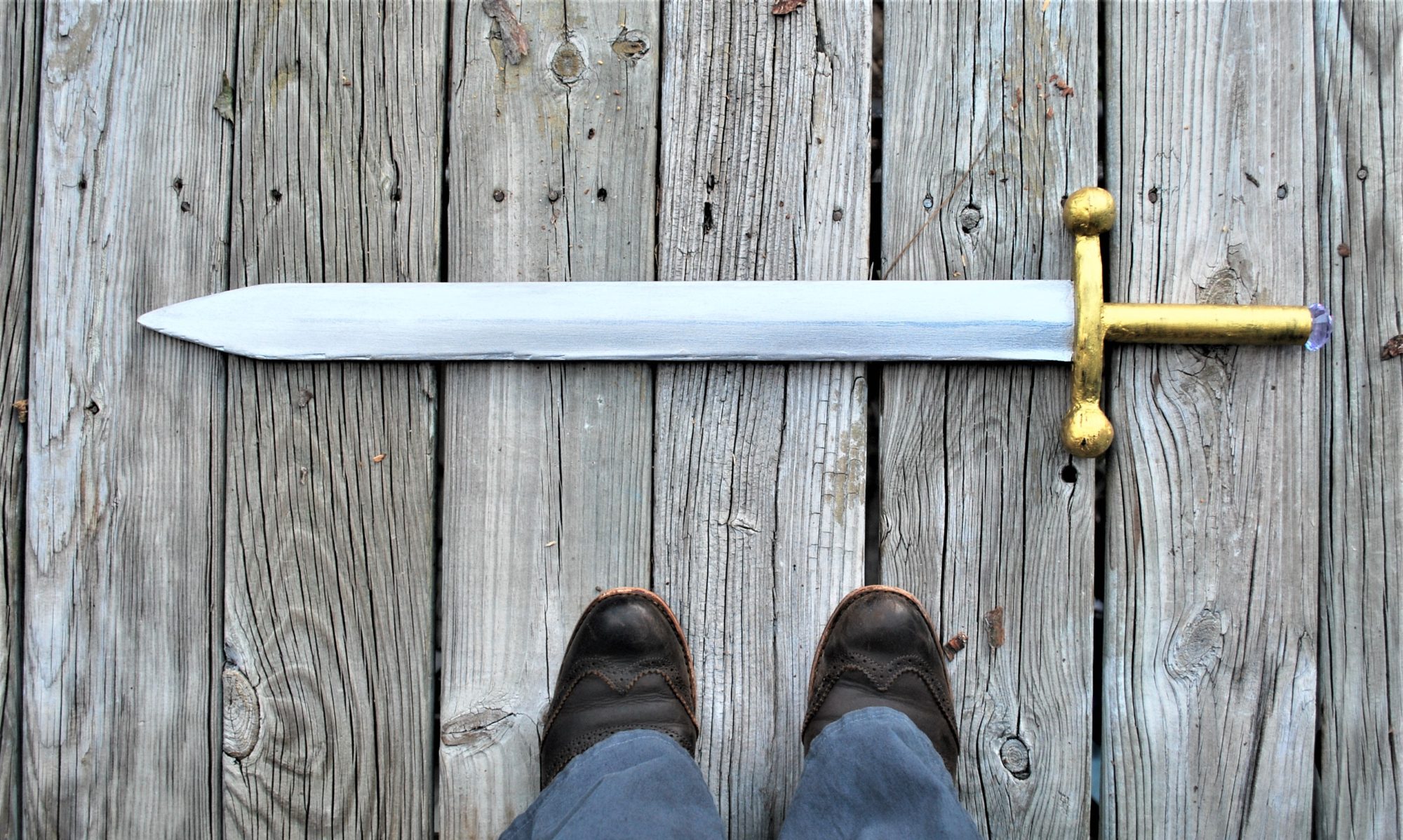About once a year I start itching for a new hobby (foam, watercolor, app building), or revive a long-hibernating hobby (leatherworking).

This year’s hobby is brought to you by a developing interest in how the consumable items I reach for in making a garment are made, combined with an interest in the history of clothing in the past.
For many years I’ve been collecting vintage notions, like bias tape, buttons, lace, hook and eyes, etc. Using them has been a mixed bag, with the bias sometimes breaking after a few washes, or there being two hooks and twenty eyes, but the practice of looking for these at a new thrift/scrap store has become something to look forward to.

I have a whole bucket of lace, most of it vintage from thrift stores and the stashes given to me by my relatives, but I wanted to know how it would be made before machinery.
There’s a couple different ways of going about making lace, from needle to knitted to tape to knotted, to tatting (which I also sometimes do), but today I’m going to talk about bobbin lace.
One day I might do some more research on the history of bobbin lace, but so far I’ve been investigating the practice. To sum it up, you wind thread on sticks and twist different pairs together and pin them in place until the thread pattern is developed.
Patterns for bobbin lace are transferred to cardstock and then pre-punched (so don’t look at my skinny lace’s pattern which was on graph paper… I learned for the second go.). The cardstock adds stability, and the pre-punching gives your pins a location to maneuver to so you don’t have to look too hard to find the correct place.
Bobbins are designed to be held, so there’s a section at the top for the thread to go, and then a section below that becomes thicker like an ergonomic pencil grip for better maneuverability and to give the bobbin some heft. I’ve gone for the cheapest option to start out, since I never know how long a new hobby will keep my interest, but I can see why one might prefer bobbins that are longer or heavier. You can also “spangle” them, or put a loop of heavy beads on the bottom to give them that weight, but I’m keeping it simple for now.
I’m using some thread I picked up from a thrift store a while back, which is a mercerized cotton size 30.
Bobbin lace is worked in pairs of bobbins, so you’re working with four individual bobbins at any given time, or two pairs. Depending on what type of lace or what pattern you’re working you’ll do a number of actions to complete a stitch. Most of what I’ve been doing is double torchon ground, which is a fairly hefty stitch, as it’s nearly double what some other patterns require.

In the first week or so of playing around with the hobby I mostly worked on a foam pad. I quickly learned this is not ideal (being stabbed with pins is no fun) and set out to make a round pillow, since I mostly want to make long lengths of thin lace, and a round pillow is ideal for this, since you’re always adding more length in the round.
So I took this cardboard tube left over from a printer at work, covered it with a layer of floor-mat foam, then wrapped a fair bit of batting and pulled as tight as possible and sewed it in place. I then made a very tight cover out of some jersey from my stash and stuffed excess fabric from either end into the tube’s center.
Tada! Pillow!
After upping my game pillow-wise, I also decided to film some of the process, so when you get to the bottom of this post you can watch my video about Bobbin lace that has a graphic explaining a little more of the mechanics.

First I made a small bookmark piece, which took about a day, then I made the (not so smart) decision to wind a lot of thread onto the bobbins and work a single design until I ran out of thread.
Two months later I finally took the lace off the pins. Apparently I have to be in a very patient and also probably bored mood to want to work on the lace. Hopefully that’ll change, because right after taking that piece of lace off I wound up new bobbins and started a new pricking, one with variety and intrigue.

And if you’re wondering whether I’m trying to psych myself into doing some more lace right after writing this, the answer is yes.
I don’t want to say I don’t like it, or I don’t enjoy doing it. I think my current problem lies more in the state of the world and the limits that puts on my ability to change my setup.

For instance, my pillow is great, but it is also round and rolypoly. That puts a serious damper on where I can put it and still comfortably work the bobbins, and right now that’s seated on a table with something wedged behind it for leverage or on the edge of a chair propped up by books. I think I could rig something up if I could go into work and utilize the woodworking tools, but that’s for a different month.
For now, I’m going to spend an hour or two untangling my current mess of bobbins and making some lace!







